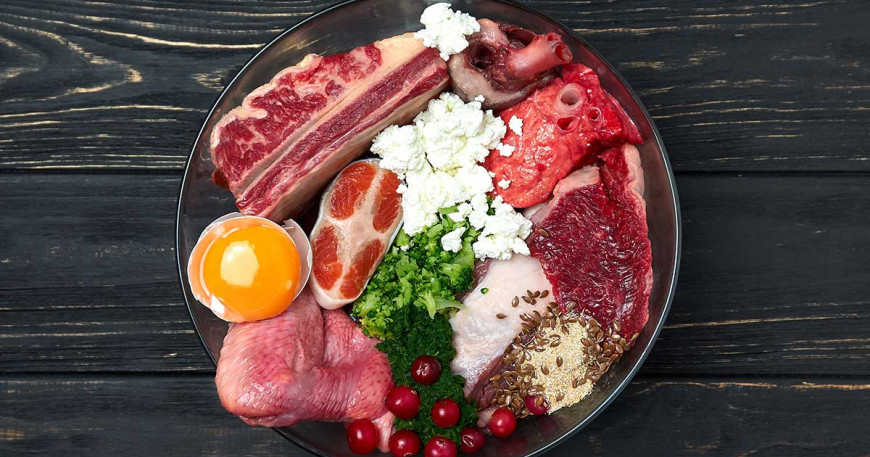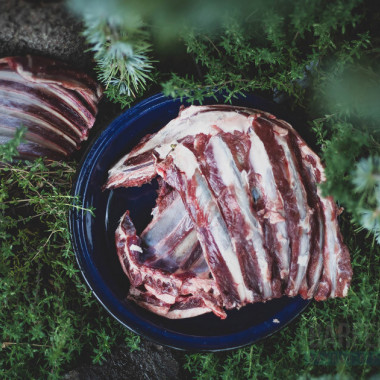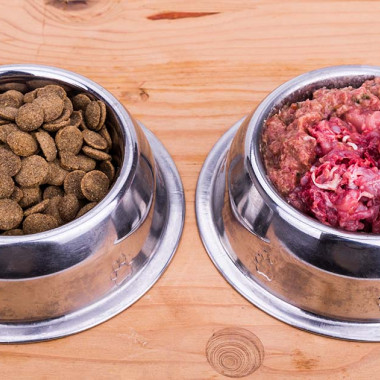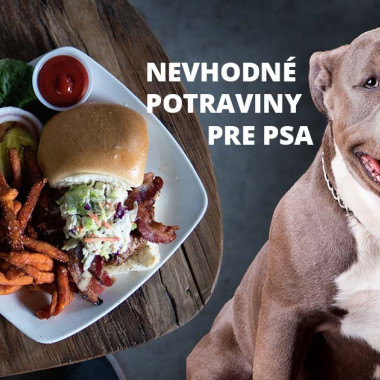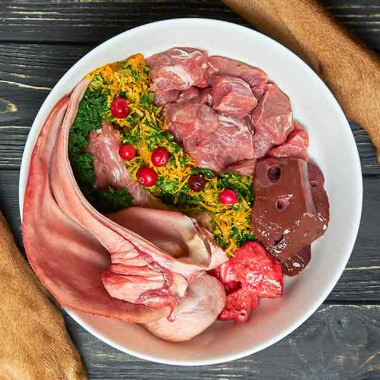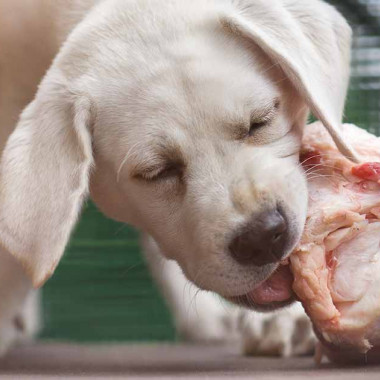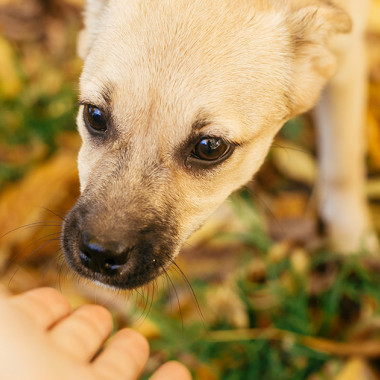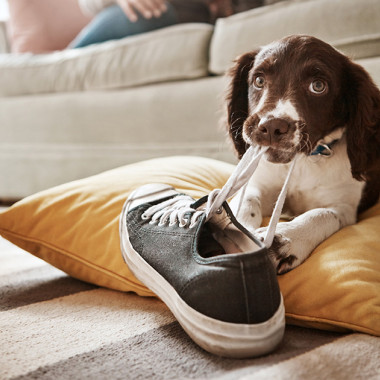Calculating the correct feeding portion is important. However, it's not as difficult as it might seem at first glance.
Each feeding portion doesn't need to contain all nutrients, as kibble manufacturers try to convince us. When practicing BARF, it's essential that the dog's diet is balanced over a certain period, for example, one month.
Feeding Portion for an Adult Dog
The daily feeding portion for an adult dog should be approximately 2–3% of the dog's ideal body weight. The ideal body weight is the weight that the dog should have. So, if the dog has an ideal weight, we calculate the feeding portion based on its current weight. If we feel that the dog needs to lose or gain weight, we calculate the portion based on the weight we want the dog to achieve.
We feed an adult dog twice a day, i.e., we divide the daily feeding portion into two meals (breakfast and dinner).
Feeding Portion for a Puppy
The daily feeding portion for puppies should be approximately 4–6% of the puppy's ideal body weight. Since puppies' weight changes rapidly, the feeding portion needs to be continuously adjusted.
We feed puppies according to their age: 2-month-old puppies five times a day, 3-month-old puppies four times a day, 4-month-old puppies three times a day, and from five months to half a year old, twice a day is sufficient.
Composition of the Feeding Portion
The feeding portion consists of meat, bones, and side dishes. Optimally, the feeding portion should contain 50–60% meat, 20–30% bones, and 20–30% side dishes.
By "meat," we mean muscle meat, offal, tendons, fat, and skin. Muscle meat and offal should be given to dogs in a ratio of approximately 70% meat and 30% offal.
It's ideal to serve bones covered with meat, so-called meaty bones. Plain bones without meat could cause constipation in the dog.
We can serve various side dishes, whether fruits, vegetables, or grains. Herbs, eggs, dairy products, and nuts are also great for diversifying the diet. Plant and animal oils are a very important part of the raw diet.
At first, you might find yourself pulling out the scale at every feeding, but in a short time, you'll learn how much of what to put in your dog's bowl, and it will become second nature. Remember, the dog doesn't need to get a bit of everything every day; what's important is that they have a balanced and varied diet over several weeks or months.
For your effort and time, your dog will reward you with happiness and good health.
